The evolution of cannabis, as we know it today, is the result of the hybridisation of many classic landraces, and pheno-hunting has played an important role in this process. By selectively breeding plants with desirable traits, growers have created new and unique strains with characteristics not present in the original landraces.
Firstly, it is important to comprehend the terms genotype and phenotype. Genotypes carry all the genetic information about an organism’s traits, while phenotypes are the observable physical expression of those traits. Environmental factors can influence the expression of specific genes, leading to different phenotypes. Let’s delve deeper into phenotypes, what they are, and how they play a role in growing cannabis?
What is a phenotype?
The term phenotype describes the features or characteristics of plants created by the same parent, including posture, cannabinoid content and yield. It is a quintessential factor when selecting and breeding cannabis strains since it represents how a plant’s genetic makeup is expressed in its physical appearance.
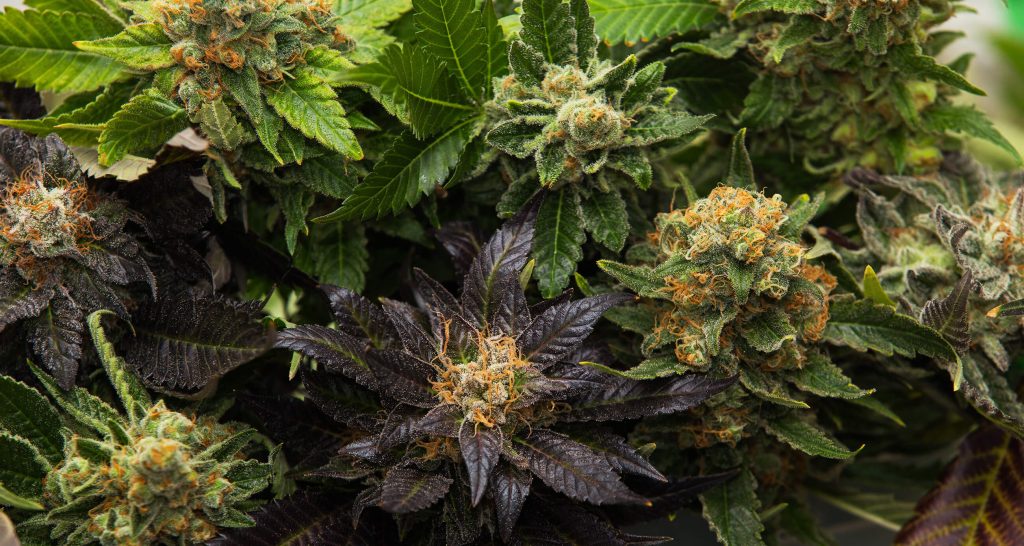

For example, some strains have phenotypes expressing a high concentration of anthocyanins, which are only expressed in cold conditions, turning the foliage purple, like the Purple Cookie Kush Feminized. On the other hand, Jamaican Pearl exhibits an open bud structure during flowering. Understanding phenotype allows growers and breeders to identify desirable traits and work towards developing new strains with specific characteristics.
What is pheno-hunting?
Pheno-hunting is a method used to identify and handpick specific cannabis plants based on their desirable characteristics. These traits may include flavour, aroma, potency, yield, and resistance to pests or diseases. Growers often decide to either clone or remove a plant from the lineup based on their desired traits. This process is essential to ensure that only the best plants are grown and harvested, resulting in high-quality cannabis strains for growers and consumers.
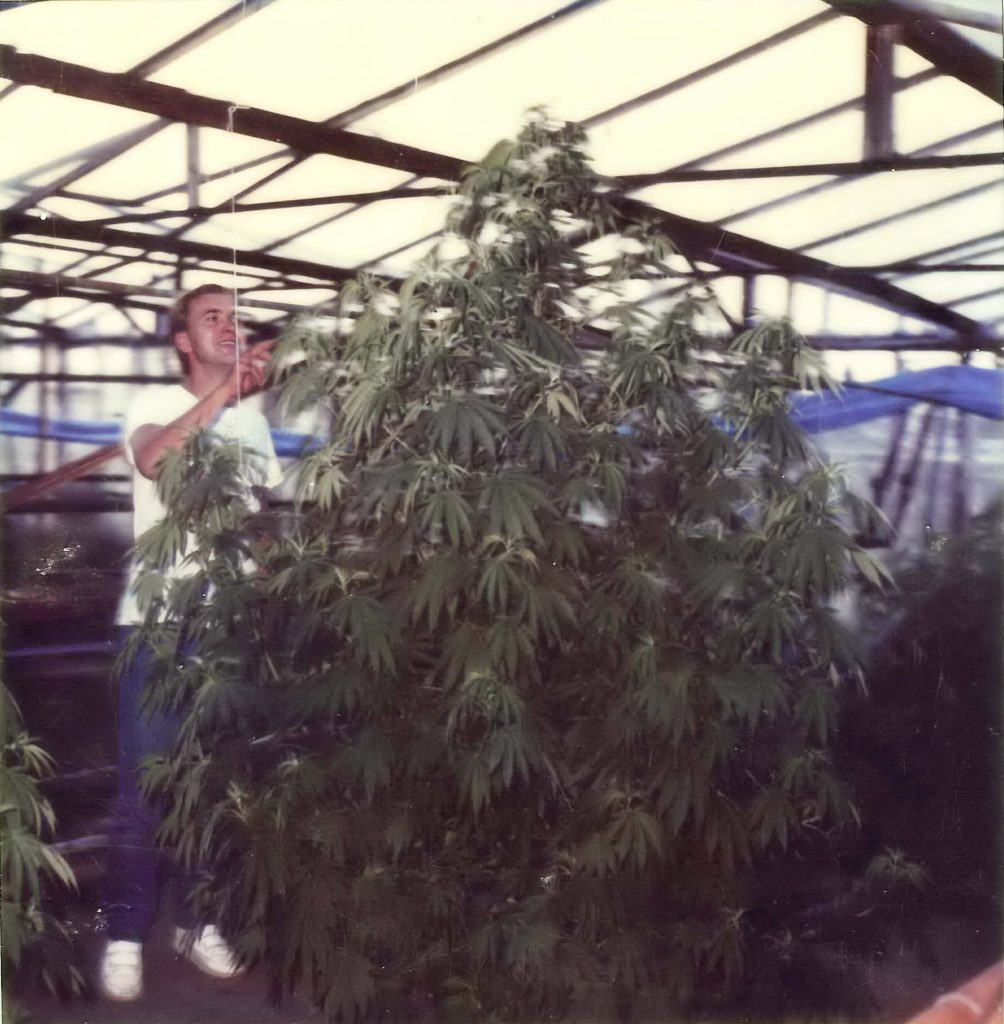

Pheno-hunting is an art that requires patience, knowledge, and a keen eye for detail. One of the best examples in the cannabis industry is the founder of Sensi Seeds, Ben Dronkers. He travelled the world to find the most exotic strains, brought them back to The Netherlands, and spent years refining their genetics to enhance their terpene profiles, cannabinoid content, and growing difficulty.
At Sensi Seeds, we are dedicated to pheno-hunting and have established our research and development facility to showcase our expertise and commitment. Our breeding programs are designed to identify the most exceptional phenotype, ensuring stability and uniformity while making them available to cannabis enthusiasts worldwide. We take pride in our meticulous approach and aim to provide the best possible experience for growers and consumers alike.
A step-by-step guide on how to pheno-hunt
Pheno-hunting is a process that requires careful observation, and it can take several generations to achieve the desired results. Experienced growers understand that creating a strain that stands out in the market takes considerable time and effort, but the results are worth it. With dedication and a sharp eye, growers can identify and select the best phenotypes from each generation and carefully breed them to create strains that suit their preferences.
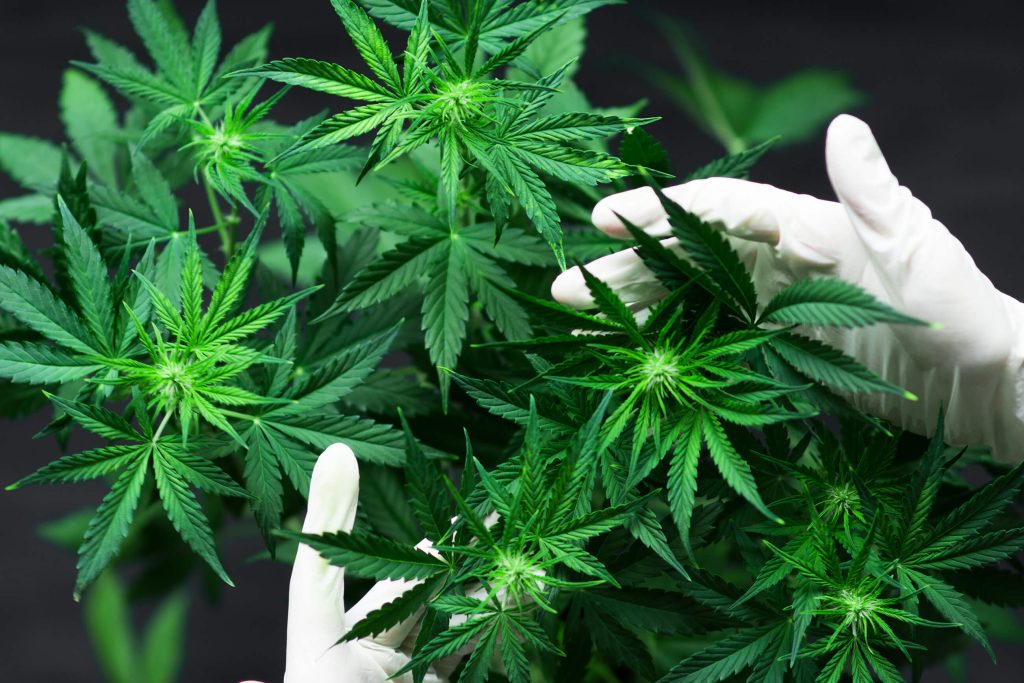

Before embarking on your pheno-hunt, properly arranging your equipment and preparing the growing area is essential. Taking detailed notes of each plant’s intricate growing details throughout the cultivation cycle is vital to selecting the best phenotype. Keep in mind that having more space means the ability to grow more plants, but be advised that finding the best phenotype will require a significant amount of space. Let us discuss the five fundamental steps to a successful pheno-hunt.
1. Germinate seeds and label your seedlings
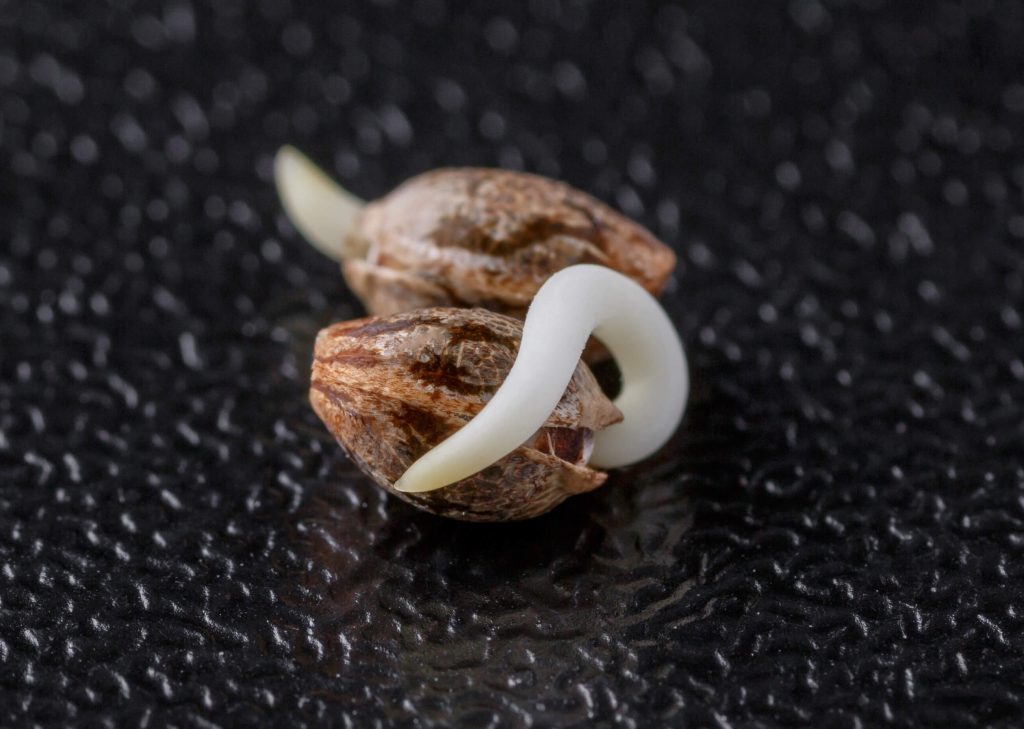

Start with several high-quality seeds of your chosen cultivar for pheno-hunting, like those from Sensi Seeds. Germinate them, plant each seedling in its container, and label them with the strain name and germination date, which helps identify each plant as a unique phenotype. Considering the container size and expected growth, space the seedlings a few centimetres apart. It is advisable to maintain adequate spacing between the plants and use labels to monitor the growth developments.
2. Clone the original
After several weeks of vegetation, clone the original plant to maintain its genetics and keep the original in the vegetative stage. This practice ensures that the genetic traits of the original plant are preserved and allows growers to supply clones for future harvests. This is especially important for experienced growers looking to preserve their favourite strains’ unique characteristics while maintaining a healthy mother plant for future harvests.
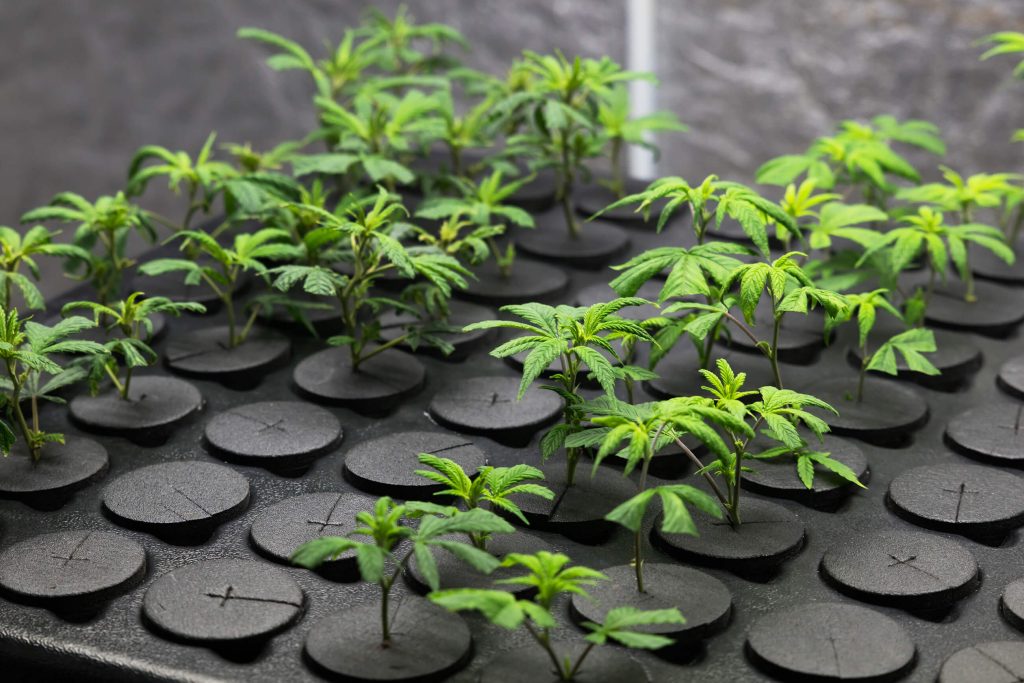

Choosing a healthy and robust-looking branch with at least two nodes is advised. The cutting should be 10 – 15 centimetres long, and all the lower leaves should be removed. Maintaining a sterile environment during cloning is essential to prevent contamination or disease. The cutting should then be dipped in rooting hormone and placed in a rooting medium such as rock wool or perlite.
Once the cutting has successfully taken root, observe the offspring and monitor its growth carefully. This process can take a few weeks, and patience is a virtue. During this time, looking for any signs of disease or deficiencies is vital. If the clone displays the desired traits, such as exceptional potency, yield, or terpene profile, it can be further propagated and grown to maturity.
3. Eliminate males
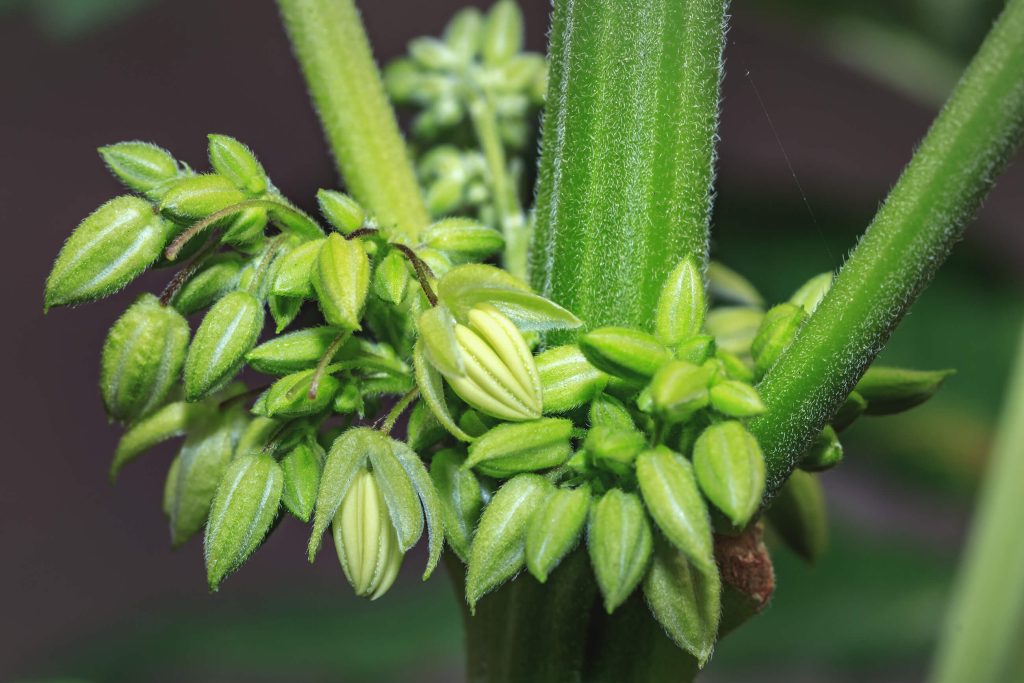

Identify the gender of your plants around week 3 or 4 of the vegetative stage, and eliminate any undesired male plants, leaving you with a pure selection of females. To identify males in your garden, pollen sacs are usually found on the nodes of the cannabis plant, where the branches and leaves meet the main stem. In comparison, female flowers develop hair-like structures called pistils, which emerge from a bulbous calyx and appear in female pre-flowers.
Males can pollinate your females, resulting in the production of seeds rather than the desired buds. By removing the males early on, you can focus your attention and resources on the female plants, ensuring they receive the necessary nutrients and care for optimal growth and development.
4. Identify and select your phenotype
Now is the time to carefully choose a cannabis plant that exhibits the desired traits and ensure that it maintains the same characteristics as the original plant. This will help you identify your preferred characteristics and decide when selecting the best plant. So, let us check out some of the characteristics to consider.
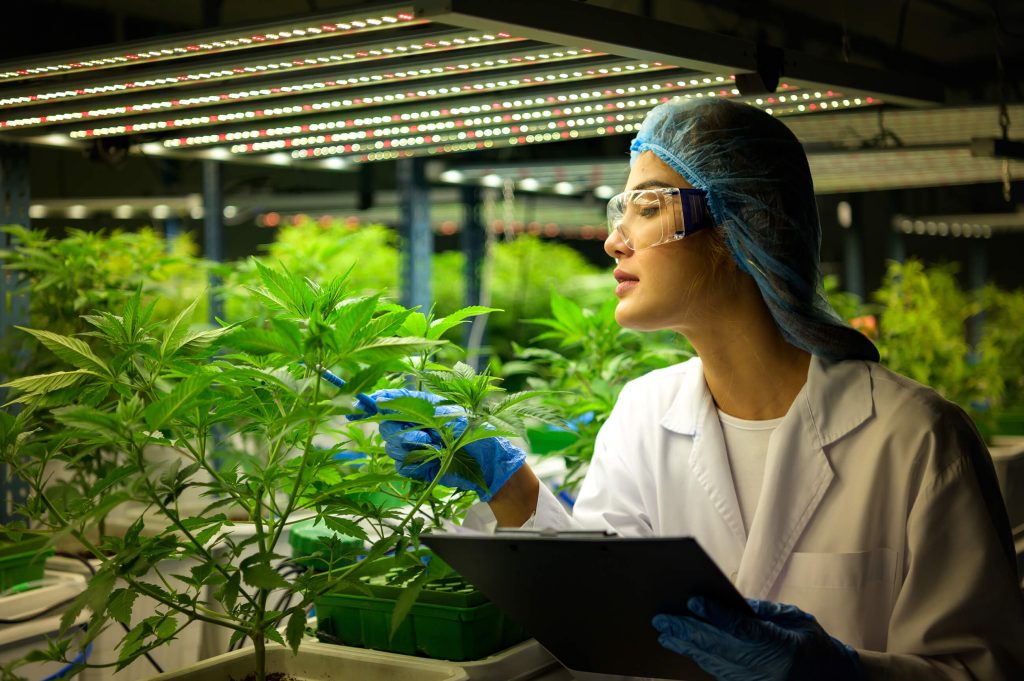

Height
Selecting cannabis plants that grow to the desired height is crucial for optimising space. Maintaining an even canopy is essential for proper light distribution in indoor cultivation, and manageable plant sizes make caring for and harvesting them more accessible. It is also vital for stealth and security in outdoor or discreet cultivation.
Morphology
The physical appearance of weed plants, including their height, leaf shape, and branching, is significantly influenced by their genetic structure and plant morphology. Generally, indica-dominant strains are shorter and bushier, while sativa-dominant strains tend to be taller, with sizeable internodal spacing and elongated leaves.
Flowering time
Depending on the strain, the flowering period can range from as little as six weeks to as long as 16 weeks. Some growers may prioritise strains with shorter flowering times to achieve quicker harvests, while others may prefer strains with longer flowering times for their distinctive traits and effects. Ultimately, it will depend on the grower’s goals and preferences during the pheno-hunting process.
Flower appearance
The visual appeal of cannabis flowers is critical for marketability, and resinous flowers with vibrant colours are more attractive to buyers. The appearance of cannabis flowers can indicate potential cannabinoid and terpene content. Although appearance does not determine potency, characteristics like trichome density and pistil colour indicate maturity and potential cannabinoid and terpene profiles.
Resistance
Selecting cannabis phenotypes resistant to pests, diseases, and environmental stressors is beneficial for a more sustainable and healthier cultivation environment. Resistance to pests can reduce the need for pesticides, disease resistance helps prevent infections, and environmental stress resistance ensures a more robust and resilient cultivars.
Trichome production
Trichome production is also something to consider when selecting cannabis phenotypes. Abundant trichomes produce cannabinoids and terpenes that influence the potency and aroma of the final product. Such phenotypes are often associated with higher potency and aesthetically pleasing appeal. They are also favoured for cannabis concentrate and extract production, yielding higher amounts of resin.
Terpene profile
Terpenes play a significant role in determining the unique aroma and flavour of various cannabis strains. They also contribute to the high experienced by consumers, influencing their sensory experience and overall enjoyment of the plant. They also play a vital role in the entourage effect, which maximises the therapeutic experience by synergising with cannabinoids and other compounds in the plant. A well-balanced terpene profile is often sought to achieve this effect.
5. Dry and cure
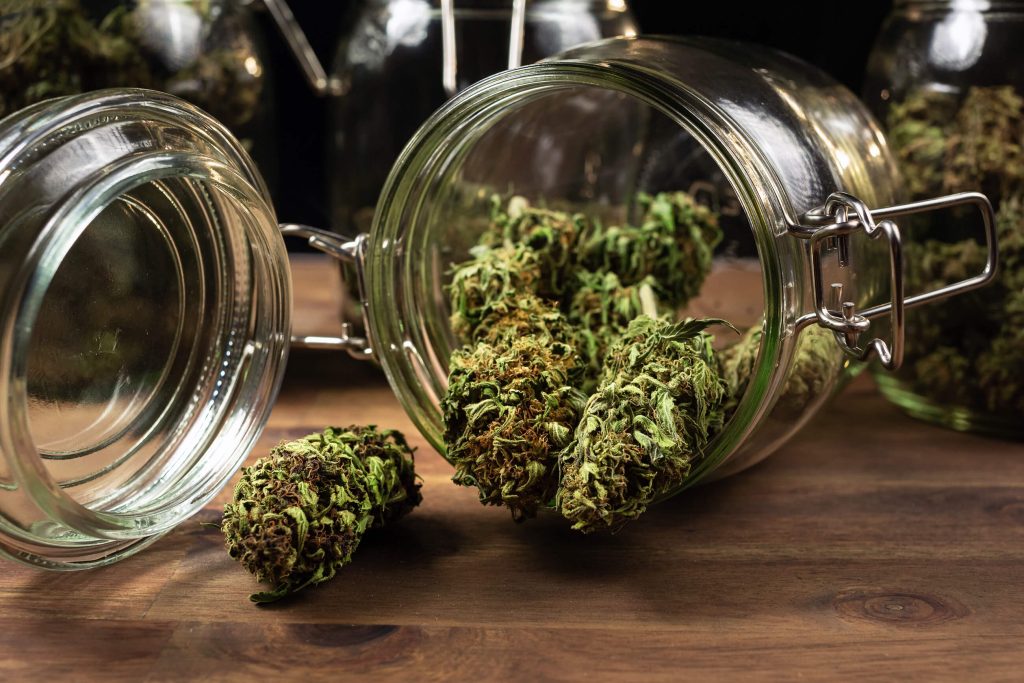

As most cannabis plants are grown not just for their cannabinoid content but also for their flavoursome terpene profiles, each phenotype must be cut down and cured adequately. Proper curing allows the growers to see the final product’s loud aromas, trichome content, and colouration. Experienced growers know that proper curing is just as necessary as the growing process itself, and they take great care to ensure that their final product is of the highest quality possible.
6. Choosing your mother plant
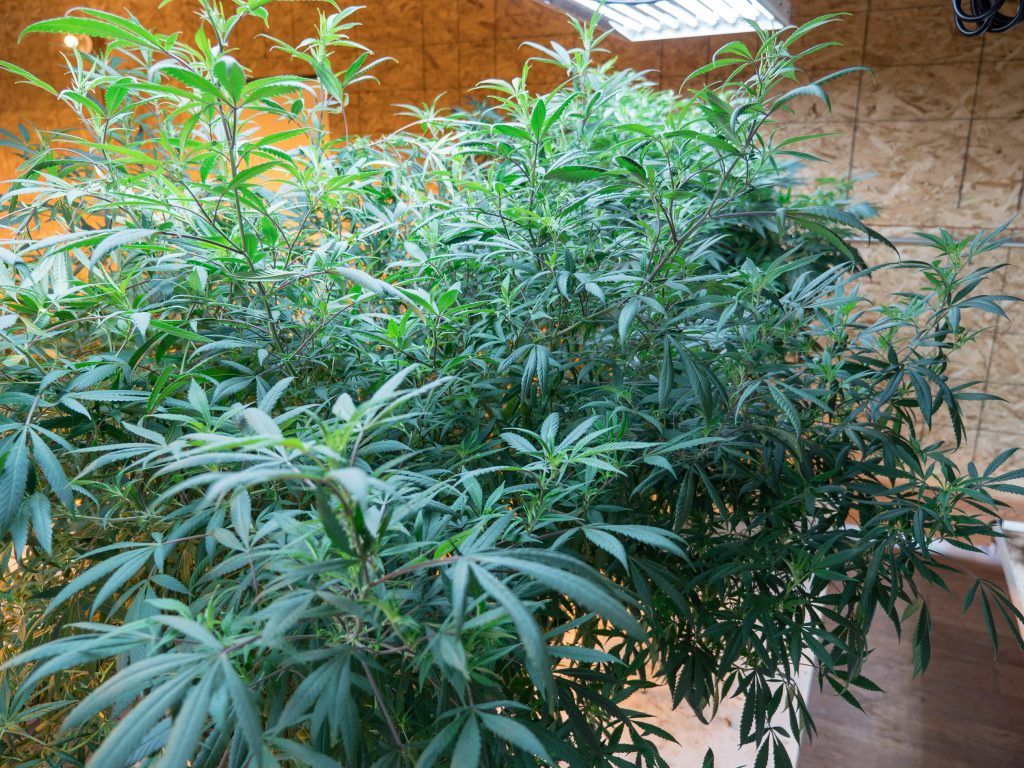

After identifying your preferred phenotype, you can select it as your mother plant. By taking clones from the mother plant, you can reproduce your hybrid with the desired traits you have identified in your pheno-hunt. Once you have taken the clones, the next step is to carefully remove and discard all other plants that do not exhibit these traits. Eliminating undesired plants ensures genetic consistency, and you can focus on growing high-quality cannabis that meets your specific needs.
The future of genetic development?
Passionate growers are always looking for ways to push the limits of what is possible, and we at Sensi Seeds understand that. That’s why we are constantly striving to stay ahead of the curve. Through our Breeding Grounds program, we collaborate with breeders worldwide to develop the most advanced genetics for our customers.
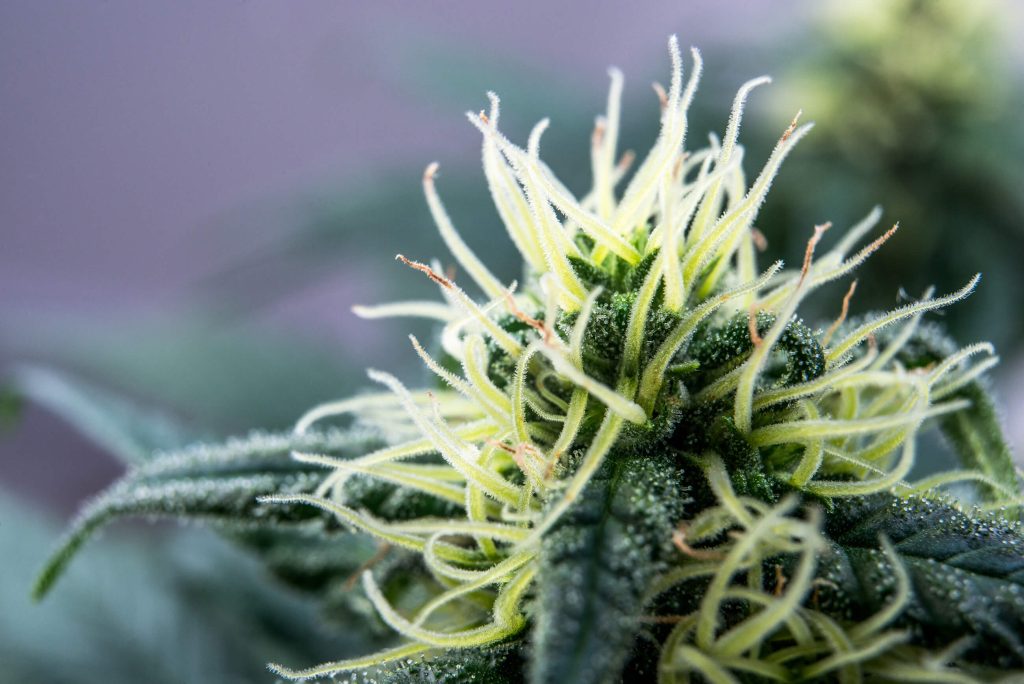

When it comes to pheno-hunting, the key is to engage with the cannabis plant and be patient in your search for the perfect pheno. With thousands of cultivars available, it’s normal for the process to take some time. Remember, the most critical aspect is enjoying the journey and learning as much as possible about the plant. Good luck!
-
Disclaimer:Laws and regulations regarding cannabis cultivation differ from country to country. Sensi Seeds therefore strongly advises you to check your local laws and regulations. Do not act in conflict with the law.
- SEO Powered Content & PR Distribution. Get Amplified Today.
- PlatoData.Network Vertical Generative Ai. Empower Yourself. Access Here.
- PlatoAiStream. Web3 Intelligence. Knowledge Amplified. Access Here.
- PlatoESG. Carbon, CleanTech, Energy, Environment, Solar, Waste Management. Access Here.
- PlatoHealth. Biotech and Clinical Trials Intelligence. Access Here.
- Source: https://sensiseeds.com/en/blog/pheno-hunting-how-to-pheno-hunt-for-optimal-characteristics/



